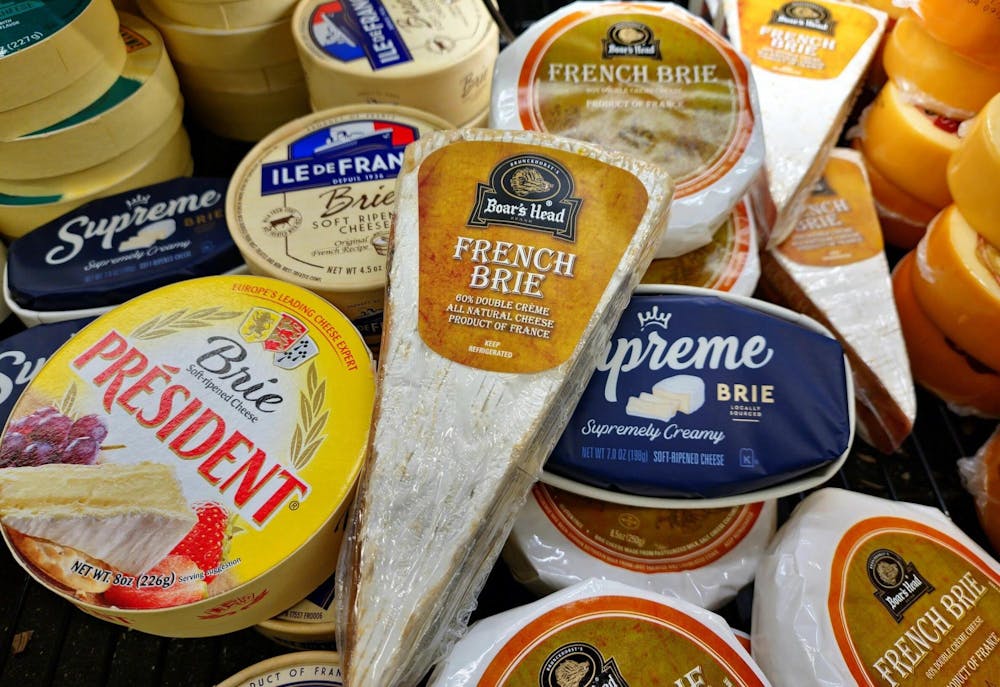If I were to sit in front of a Charcuterie board, I’d wipe out the crackers, olives and grapes within the first five minutes. Ironically, it was the cheese on the board I disliked the most. That is, until I tasted brie. Brie is a soft, creamy cheese made from cow’s milk, with a mild, buttery flavor. Brie is what got me into cheese, and boy did it do a good job at that. After that, I slowly started developing a liking for other cheeses as well, but brie is the one that will always hold a special place in my heart.
So when I came across an article in the New York Times discussing that brie might soon become extinct, I was utterly bamboozled. How could cheese go extinct?
Soon, I went into a spiral of sadness imagining what the world would look like without brie. With the reason I like cheese today no longer existing, charcuterie boards would soon lose meaning for me. Sandwiches and wraps would never taste the same for me. After wallowing in my cheese-induced sadness for a while, I snapped out of it, and got to thinking how it was possible for cheese to go extinct.
Turns out, it’s not the literal cheese that’s on the precipice of extinction, it's the fungus that’s used for this cheese that might soon be extinct. Certain species of mold, fungus and bacteria are added to the cheese during the cheesemaking process to enhance its texture, flavor and smell. The fungus, Penicillium camemberti, is what might become extinct, causing a subsequent extinction of the beloved and delicious brie. Not just brie, but other cheeses like Camembert and blue cheese might be under the same threat.
Over the years, different strains were tested to find the one strain of fungus that would make the cheese most appealing to consumers — Penicillium camemberti. Cheesemakers, to ensure standardization was implemented and brie continued to taste and look the same across the world, cloned this strain of the fungus multiple times because it cannot reproduce on its own. Like with any other genetically identical strain, any change to the environment or introduction of any disease could literally wipe out the entire species of Penicillium camemberti — essentially leading to the extinction of brie and Camembert.
It's no secret that scientists have spent years in laboratories conducting experiments to genetically modify plants and creatures to give society a desired outcome. It’s not just Penicillium camemberti that’s at risk of extinction because of humans’ constant interference with nature’s processes. Bananas have several different varieties — however, the commercially grown ones are quite often cloned to replicate one another to ensure standardization at a cheap cost. Due to this, if there was ever a disease to affect bananas, it would be capable of essentially wiping out that entire variety from existence.
The advances made by scientists are exceptionally commendable, from every discovery to every leap taken by science, scientists strive to push our boundaries of knowledge with every achievement. However, it’s also essential that we as humans constantly get reminded of the ability we possess, and the level of harm we can cause by taking experiments and modifications a bit too far.
One step too far and we may never eat the brie we know and love today anymore.
One step too far and we may never eat a variety of bananas anymore.
One step too far in the laboratory and the things we love may never be the same.
Pehal Aashish Kothari is a freshman majoring in marketing with a minor in apparel merchandising.






